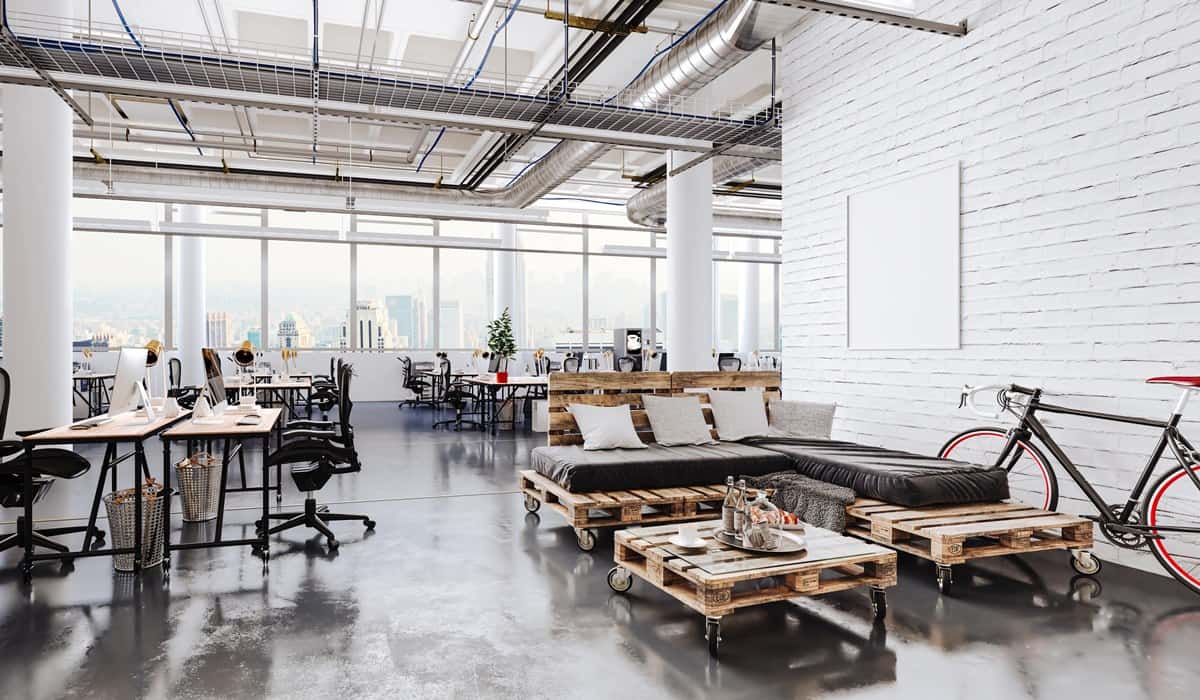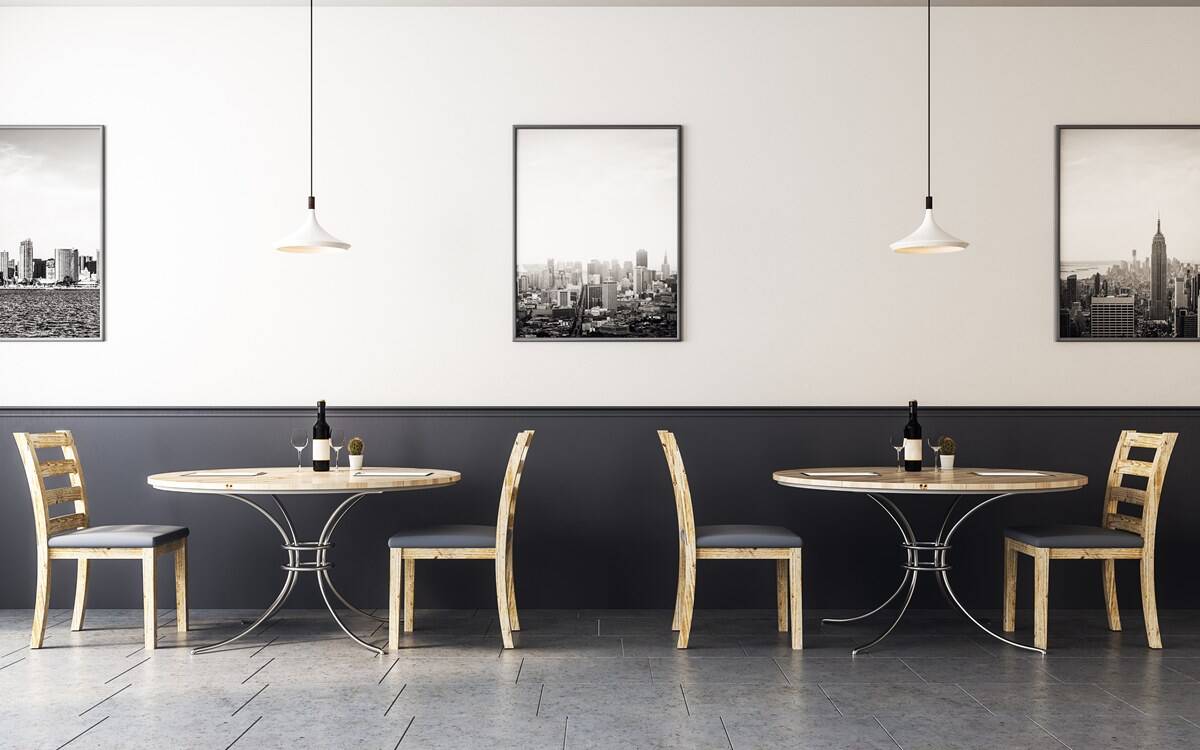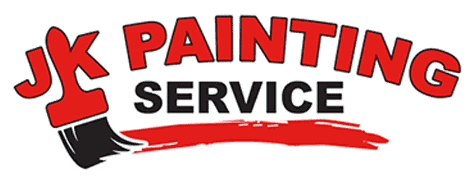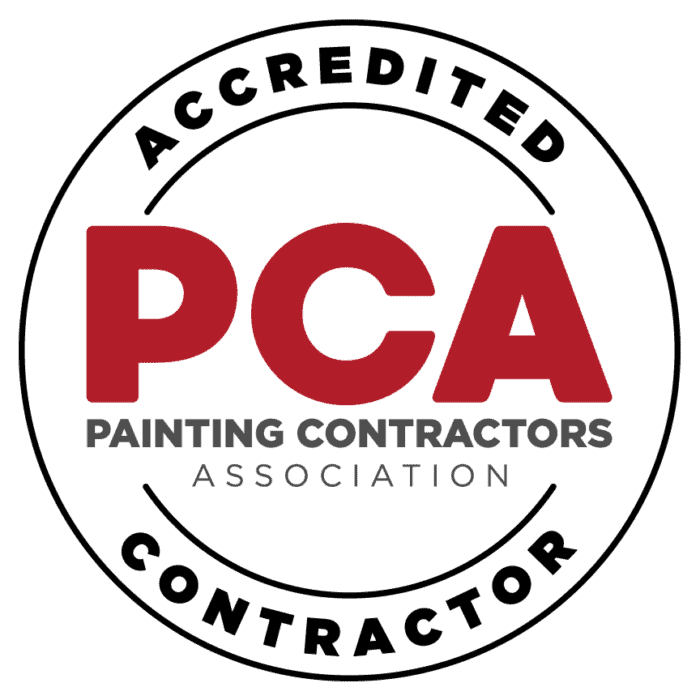If you’re a business owner planning a commercial painting project for your space, you’re probably wondering: How do I even start prepping for this? Great question! A successful commercial painting project starts long before the first coat of paint goes on the wall. Proper commercial painting prep can save time, money, and stress—and ensure your space ends up looking exactly how you imagined.
In this post, we’ll walk you through everything you need to know, from clearing the space to communicating with your painting contractor.
Key Takeaways:
- Prepping your space well can speed up the painting process
- Communicate with your painting contractor early and often
- Protect furniture, equipment, and electronics
- Think about timing: when is the best time to paint with minimal disruption?
- Don’t skip surface cleaning—it’s critical for paint adhesion

Why Prep Matters in Commercial Painting
Commercial painting prep isn’t just about tidying up. It’s about creating a safe, efficient, and effective workspace for painters. A well-prepped space ensures:
- Fewer interruptions to your business: By planning ahead and prepping properly, painters can work more efficiently, reducing the time your business is impacted. You may even be able to keep certain areas open and functioning during the project.
- Better quality and longevity of the paint job: Clean, well-prepared surfaces allow paint to adhere better and last longer. This means you won’t have to redo the job any time soon, saving you money in the long run.
- Lower chance of damage to your property or belongings: Prepping your space protects furniture, fixtures, and equipment from paint splatters or accidental bumps. It also creates a safer environment for both workers and your staff.
Think of it this way: the more prep you do ahead of time, the faster the pros can get in and out.
Step 1: Evaluate Your Schedule
Before anything else, take a look at your business hours and day-to-day operations. Ask yourself:
- When is foot traffic the lightest?
- Can you close off certain areas during off-hours?
- Will staff need to work from home or in other parts of the building?
Planning around your schedule helps minimize disruptions to customers and employees.
Step 2: Communicate with Your Painting Contractor
Your painter is your partner in this process. Share your expectations, timelines, and any special considerations up front. Here are a few things to discuss:
- Specific hours they’re allowed to work: Let your contractor know the exact time frames they can be on-site. This is especially important if your business has strict opening hours or noise restrictions.
- Security or access instructions: Clarify how the painters will get into the building, whether someone needs to unlock doors, and if there are alarm systems or restricted zones.
- Special surfaces or materials (e.g., glass partitions, exposed brick): Mention any areas that may require different techniques or specialized materials so the painters can prepare accordingly.
- Areas that need extra care (like tech rooms or kitchens): Identify spaces that house sensitive equipment, food prep areas, or anything that requires additional protection and cleanliness during the painting process.
Pro tip: Ask if they offer low-VOC or zero-VOC paint options, especially if your business will remain open during the project.

Step 3: Clear and Protect the Space
A big part of commercial painting prep is removing or protecting everything in the work area. This includes:
- Furniture
- Equipment
- Art or wall hangings
- Electronics
- Carpets or rugs
If you can’t remove something, cover it with plastic or drop cloths. Painters often help with this step, but starting the process yourself can save time and cost.
Step 4: Clean the Surfaces
Paint sticks best to clean, dry surfaces. Dust, grease, and grime can mess with adhesion. A quick cleaning checklist:
- Wipe down walls and baseboards
- Remove cobwebs from ceilings and corners
- Spot-clean any stained areas
- Let everything dry fully before painters arrive
Step 5: Final Walkthrough Before Painting Day
A day or two before the project starts, do one last walk-through. Check that:
- All personal and valuable items are removed or secured
- Access is clear for painters and their equipment
- Pets (if any) or HVAC systems won’t interfere
- All staff are informed of the timeline
If you’re working with a professional painter, they’ll likely do their own walkthrough as well—this is a great time to ask final questions or make last-minute adjustments.
After the Paint Dries: Quick Cleanup Tips
Once the job is done, don’t rush to move everything back immediately. Let the paint cure fully, especially if your space has limited ventilation. Once it’s ready:
- Remove coverings carefully
- Dust surfaces that may have caught paint particles
- Check for touch-up areas
Then step back and admire your refreshed space!
Looking to Refresh Your Business Space?
Prepping for a commercial paint job doesn’t have to be a hassle. With the right partner, it can be a seamless process that transforms your workspace without disrupting your operations.
At JK Painting Service Corp, we specialize in helping business owners like you make the most of their commercial spaces. From prep to cleanup, we handle it all—professionally, efficiently, and with minimal interruption to your team.
Give us a call at 781-650-7296 or reach out online to schedule your free quote. Let’s talk about how we can bring your vision to life and make your space look its absolute best.





